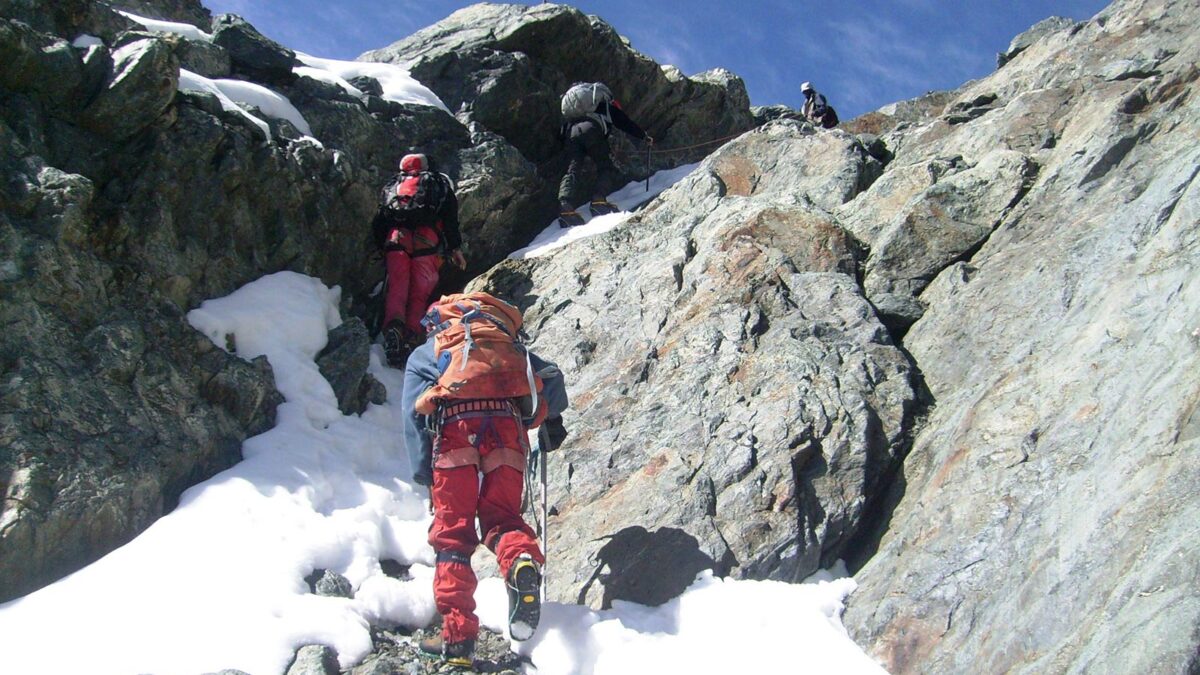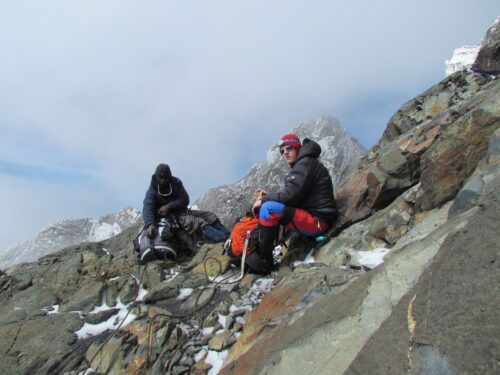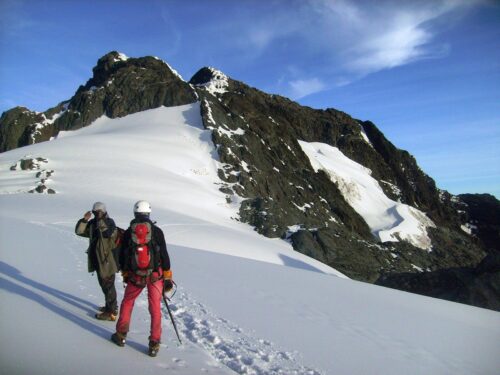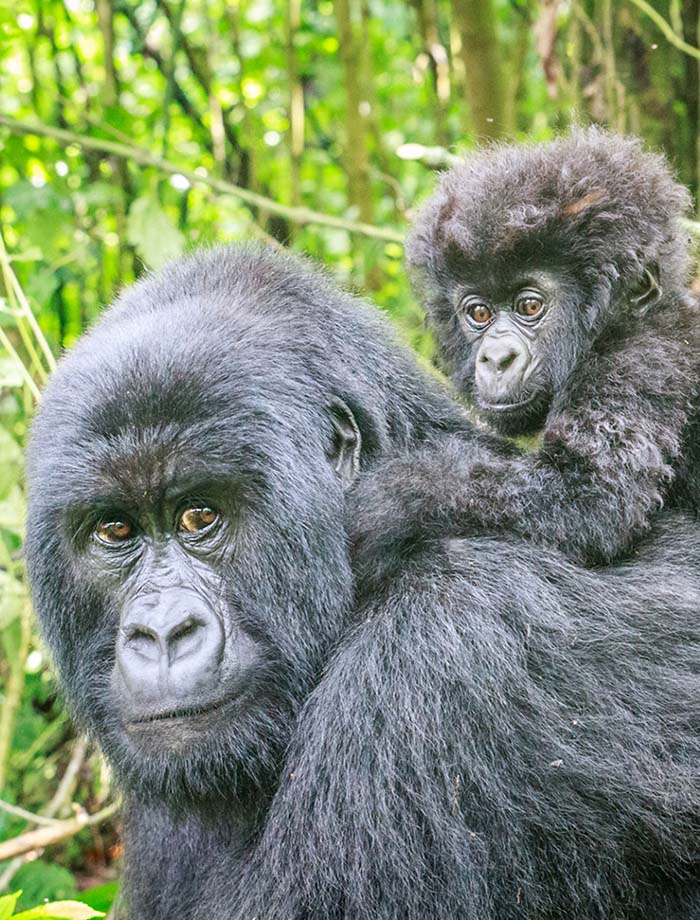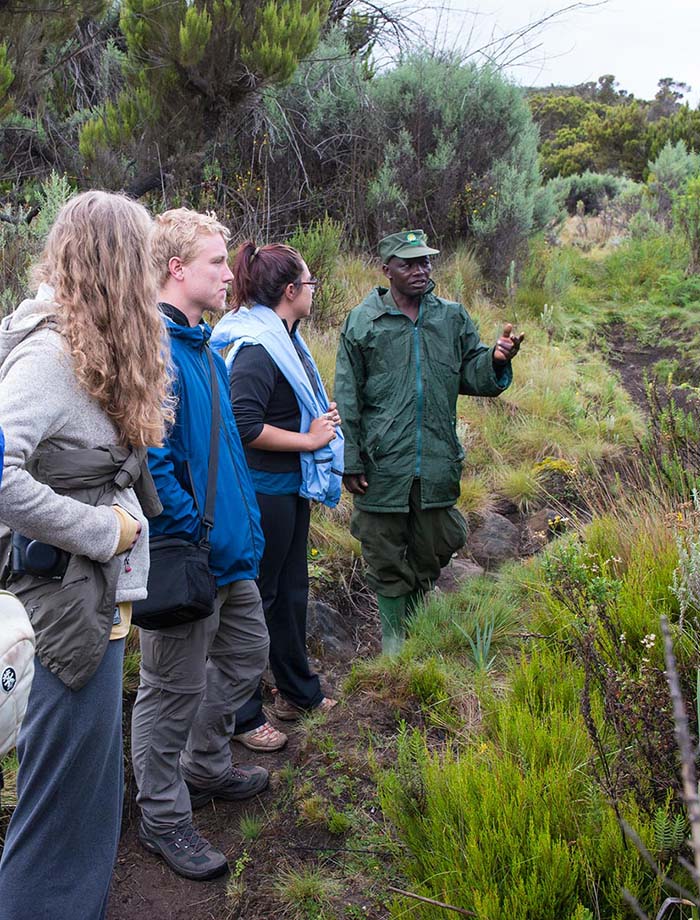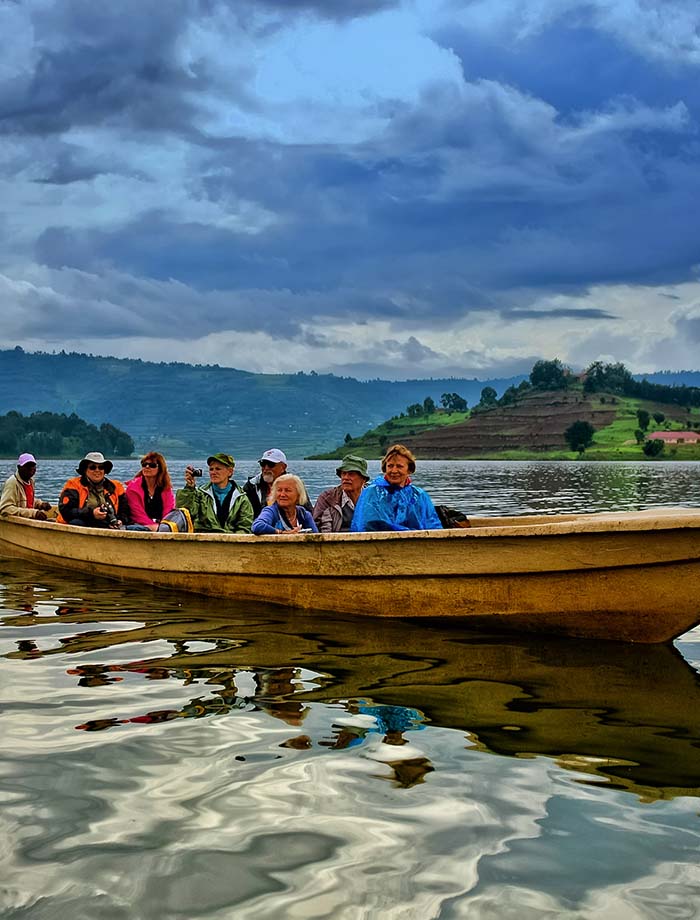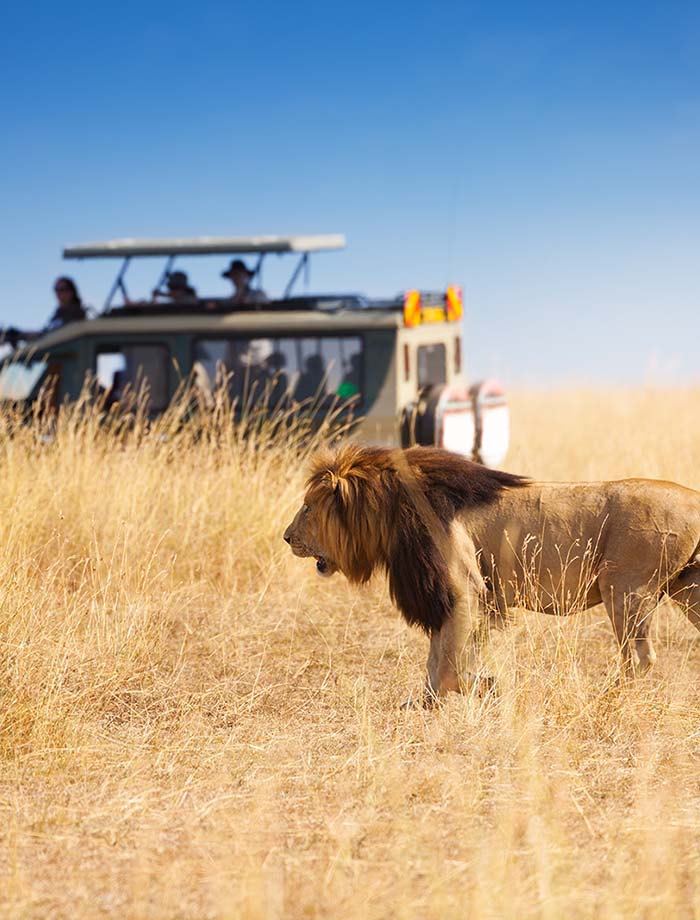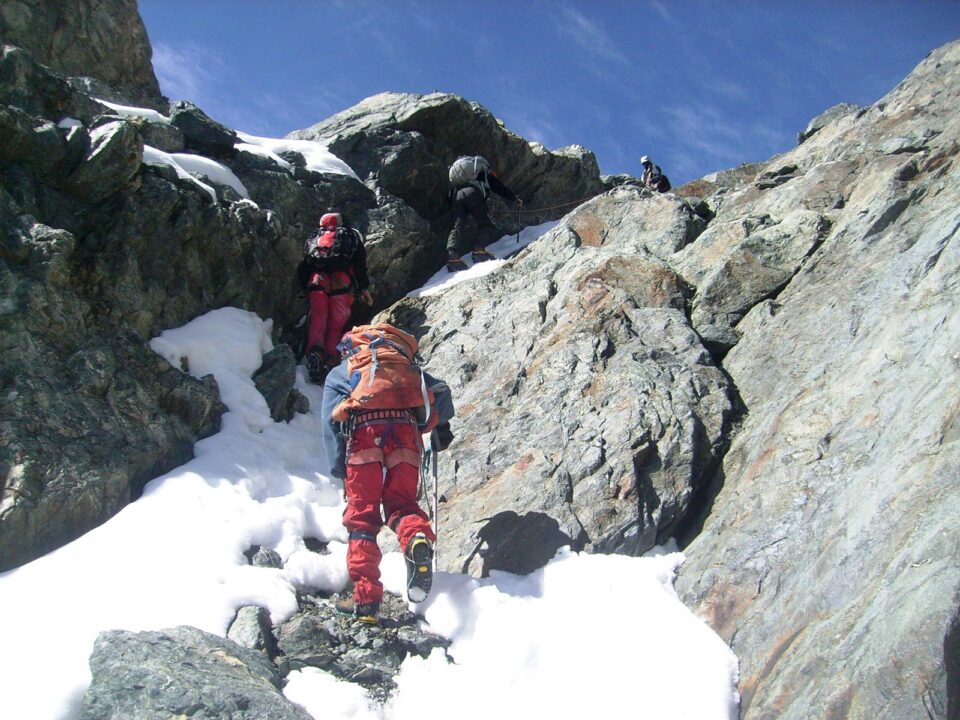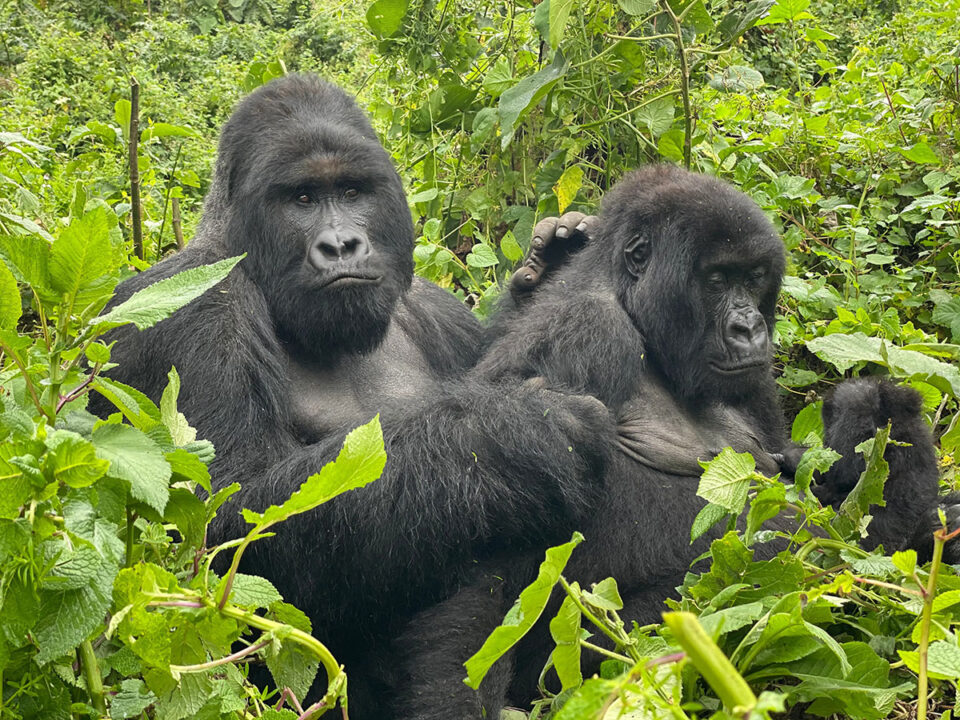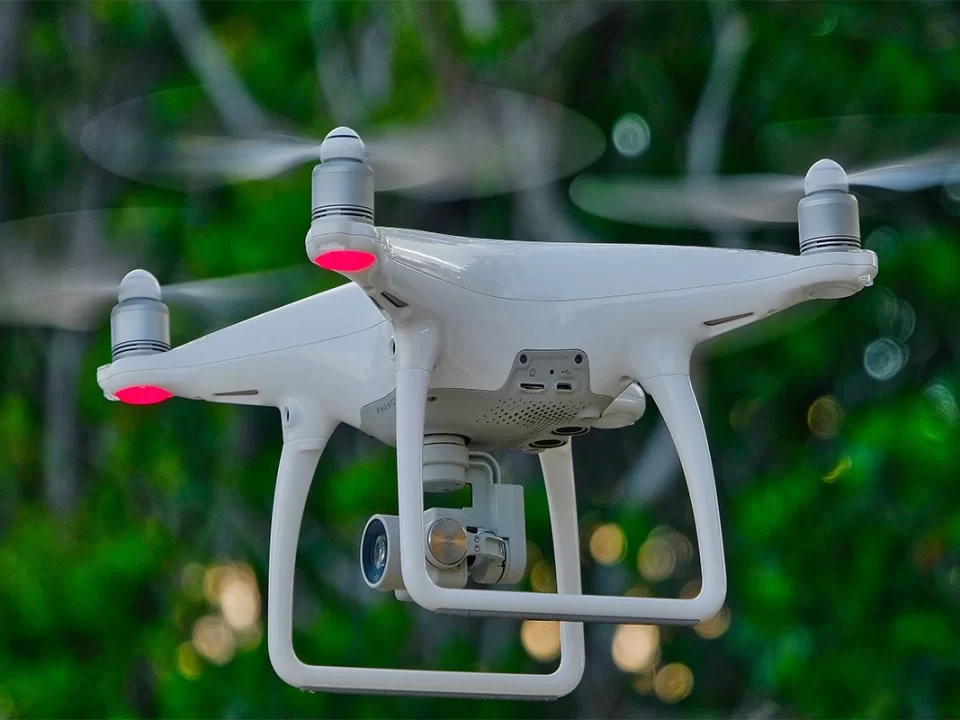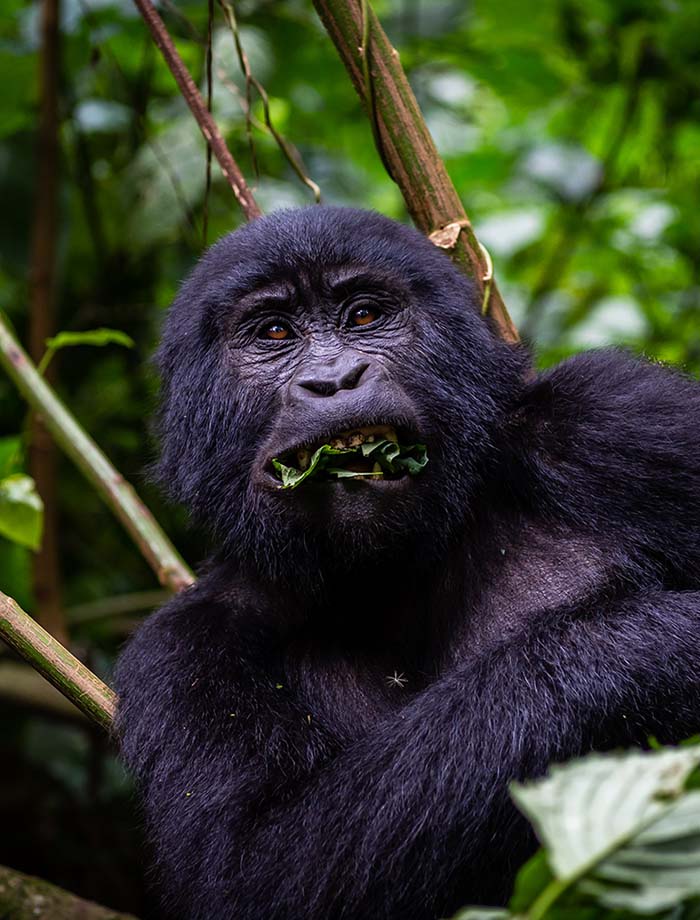
Safari Activities/ Things to Do in Rwenzori Mountains National Park

Best Places to See lions in Uganda
December 14, 2022
Gorilla Trekking in the Low Season
December 14, 2022The Rwenzori Mountains National Park was established in 1991 and recognized as a World Heritage Site in 1994 and a Ramsar site in 2008. These classifications highlight the international scientific importance of the park. The name “Rwenzori” means “Rainmaker” in the local language, which reflects the park’s role in providing moisture to the region. The Rwenzori Mountains National Park receives over 3 meters of rainfall each year, making the lower slopes lush with vegetation and the higher elevations covered in snow and ice. Although the glaciers have retreated significantly due to climate change, climbers can still expect to encounter ice walls and significant snowfall during the wet season. Overall, the Rwenzori Mountains National Park offers a unique and beautiful landscape for outdoor enthusiasts to explore.
The Rwenzori Mountains are one of the most exciting and challenging mountain ranges to trek in the world. Covering an area of 996 square kilometers, the park is home to a unique and mystical landscape of lakes, rocky outcrops, cliffs, high glaciers, and snow-capped peaks. The highest peak in the park is Mount Stanley’s Margherita Peak, which stands at an elevation of 5,109 meters (the fourth highest peak in Africa). Despite not being as tall as other mountain ranges, the Rwenzori Mountains offer a thrilling and unique experience for adventurous trekkers. The remote location, fluctuating weather conditions, diverse vegetation, and low visitor numbers all contribute to the appeal of this special destination.
Top Safari Activities in Rwenzori Mountains National Park
- Mountain climbing
- Bird Watching
- Wildlife Game Drives
- Nature guided walks
- Culture Encounters
Mountain climbing
Mountaineering is the main activity at Rwenzori Mountains National Park. The park offers a challenging 7-9 day hike to the summit of the mountain, and visitors must be physically fit and have the appropriate gear (such as hiking shoes, food, and water) in order to participate. The park also offers day hikes for those who are interested in reaching the peak and enjoying the stunning views. In addition to longer hikes, there are also shorter, non-technical trails for visitors who want to explore the surrounding peaks. The park has two main trails: the Kilembe Trail and the Central Circuit Trail. The Kilembe Trail begins near Kasese town and goes through glacial lakes and the Nyamwamba Valley before joining the Central Circuit Trail. The Central Circuit Trail starts at the Mubuku River and ascends a steep ridge of glacial moraines to the Nyabitara hut, ending at the Margherita Peak. This trail takes around 7 days to complete. The snow-capped peaks are the highlight of any mountaineering activity in the park.
Bird watching
Mount Rwenzori National Park is home to over 214 different species of birds, including the Rwenzori collared bird, Queen turaco, Purple breasted sunbird, Sherry’s crimson wing, Collared apalis and many other species can also be found in the park. To fully enjoy the birdwatching experience, be sure to bring along binoculars and sound trackers.
Wildlife
Mount Rwenzori National Park is home to a diverse array of wildlife, including 9 reptile species, 18 mammal species, and 6 amphibian species. Visitors to the park may spot animals such as leopards, bushbucks, and elephants. The park is also known for its primate populations, including chimpanzees, black and white colobus monkeys, and red-tailed monkeys. There are many other species to be found in the park, making it a great destination for wildlife enthusiasts.
Nature guided walks
The communities surrounding Mount Rwenzori National Park, such as Ruboni and Turaco, often organize nature walks for visitors. These walks vary in length and allow visitors to explore the forest outside the park. On clear days, visitors may be able to catch a glimpse of Margherita peak, which is a spectacular sight. Some visitors may choose to follow the river Mubuku and get a view of Baker and Portal peak. Hiking deep into the thick forests of the park allows visitors to experience the tension and beauty of the environment.
Culture Encounters
Visitors to Mount Rwenzori National Park can explore the neighboring villages on the mountain slopes and experience the authentic African culture of the Bakonjo people. These friendly locals welcome visitors with songs and dances, giving visitors a taste of their culture. Staying in one of the park’s accommodations, such as the Rwenzori International Hotel or Hotel Margherita, allows visitors to fully immerse themselves in the local culture. Ruboni Community Camp is another option for those looking to experience the friendly hospitality of the Bakonjo people.
Suggested Uganda Safari Ideas
The tours featured throughout our website are intended to give you ideas for what’s possible when you travel with us. Treat them simply as inspiration, because your trip will be created individually by one of our specialists to match your tastes and budget.

